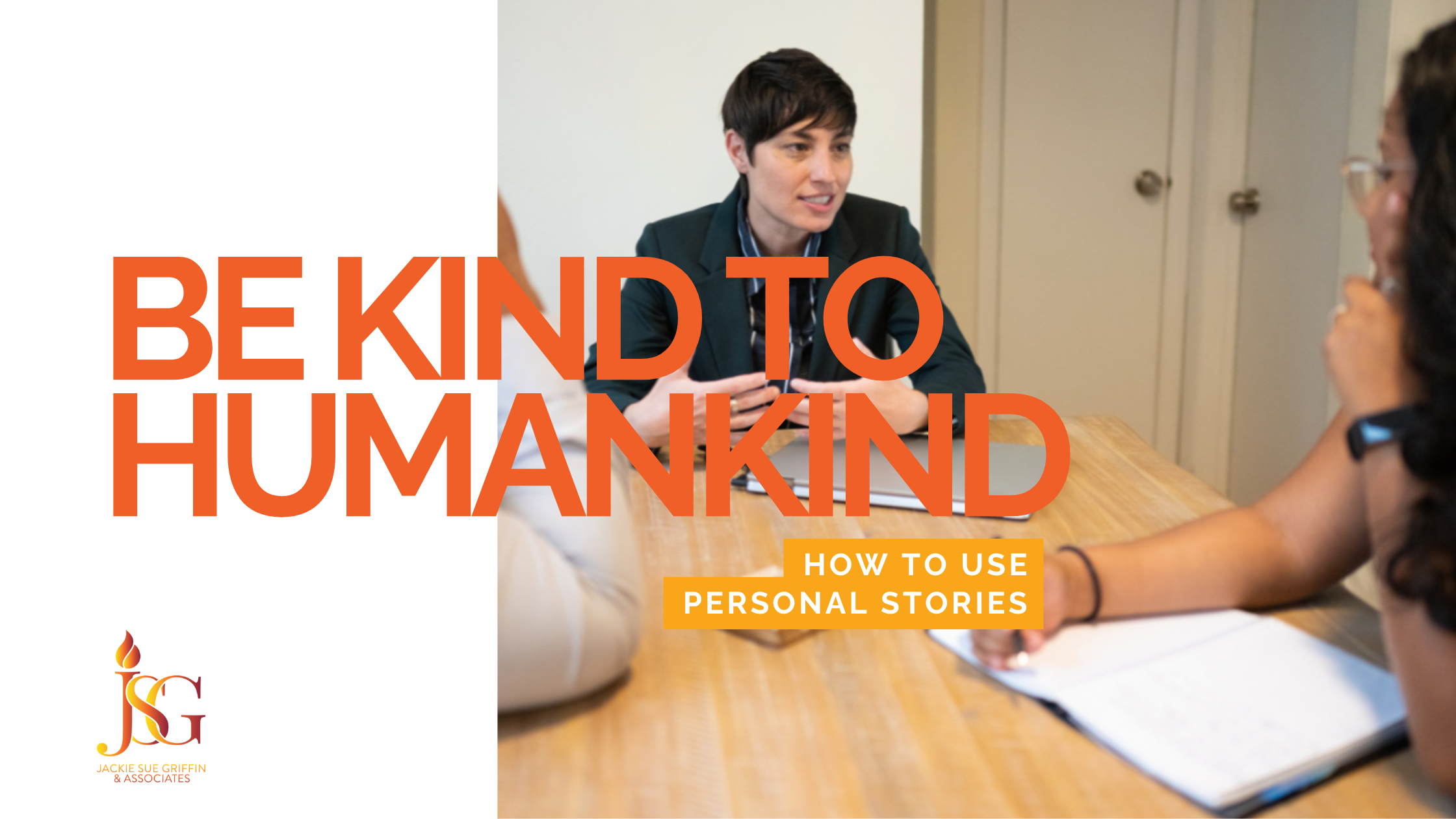
08 Aug Be Kind to Humankind: How to Use Personal Stories to Amplify Your Nonprofit’s Message
The power of personal stories cannot be overstated in driving home the importance of an organization’s mission. Stories have the ability to inspire, connect, and motivate people to take action. For nonprofits, leveraging personal narratives is a powerful way to amplify the organization’s message, engage the community and potential donors, and drive the mission forward. Storytelling has the transformative power to foster kindness, empathy and positive change. Here’s how to harness them to drive your mission forward.
Personal Stories Have Power
Personal stories resonate because they are relatable and authentic. They provide a human face to abstract issues, making them more accessible and emotionally impactful. For example, a charity that helps feed the homeless can provide statistics on how many people they’ve impacted in a year, or they can have someone who was hungry and received a hot meal tell their personal story. The latter is much more impactful. When people hear about real-life experiences, they are more likely to connect with the cause on a deeper level and feel compelled to support it.
Identify Compelling Stories Within Your Community
Every nonprofit has a treasure trove of inspiring stories waiting to be told. Start by identifying individuals within your community who have been positively impacted by your work. These could be beneficiaries, volunteers, or even staff members. Look for stories that highlight the challenges faced, the support received, and the positive outcomes achieved.
Craft the Story
Once you have identified the stories, it’s important to craft them in a way that is engaging and impactful. Here are some tips:
- Be Authentic: Ensure the story is genuine and reflects the true experiences of the individuals involved. Authenticity builds trust and credibility.
- Highlight Emotions: Focus on the emotional journey of the person you are highlighting. Write about their struggles, triumphs, and the role your nonprofit played in their journey.
- Be Clear and Concise: While it’s important to provide enough detail to make the story compelling, avoid overwhelming the reader with too much information. Keep the narrative clear and to the point.
Take Advantage of Multiple Platforms
To reach a wider audience, share these personal stories across multiple platforms. Here are a few ideas:
- Website: Create a dedicated section on your website for personal stories. This not only provides a permanent home for these narratives but also serves as a powerful tool for potential donors and supporters to understand the impact of your work.
- Social Media: Share snippets of these stories on your social media channels. Use images and videos to make the posts more engaging. Encourage your followers to share the stories to reach a broader audience.
- Newsletters: Include personal stories in your newsletters. This keeps your subscribers engaged and informed about the real-life impact of your work.
- Events: Use personal stories during fundraising events or community gatherings. Having someone share their story in person can be incredibly powerful and moving.
Measure the Impact
Track the engagement and response to the personal stories you share. Use analytics to understand which stories resonate the most and why. This data can help you refine your storytelling approach and better tailor your content to your audience’s preferences.
By sharing authentic, emotional narratives, nonprofits can amplify their message, engage their audience, and foster a community built on kindness and empathy. Start uncovering and sharing the powerful stories within your community today and watch as they help to elevate your mission and impact.

No Comments